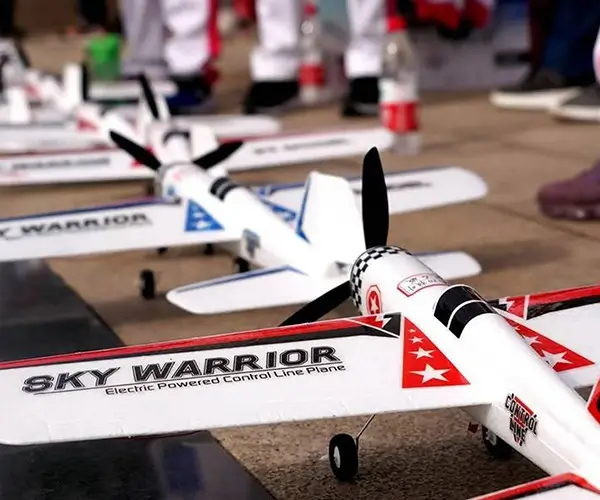Jumpstart Your Creativity with Arduino Uno and Servo Motors
The world of DIY electronics is bustling with possibilities, and at the heart of many innovative projects lies the Arduino Uno paired with servo motors. Whether you're a complete novice or a seasoned hobbyist, this combo provides an accessible gateway into the realm of robotics and automation, opening doors to endless creative ventures.

Understanding the Arduino Uno: The Brain of Your Project The Arduino Uno is a compact, easy-to-use microcontroller board that has become the go-to platform for electronic enthusiasts. Its user-friendly interface, combined with a vast ecosystem of components and tutorials, makes it an ideal starting point. The Uno features 14 digital input/output pins, six analog inputs, and a USB interface for programming and power—a versatile toolkit for countless projects.
Introducing Servo Motors: The Movement Makers Servos are small, powerful motors capable of precise angular movements. Unlike simple motors that spin continuously, servos are engineered to rotate to specific positions, making them perfect for controlling levers, robotic arms, cameras, and more. They usually come with a built-in feedback mechanism, allowing fine control over their position.
Why Combine Arduino Uno with Servo Motors? Pairing the Arduino with servo motors creates a straightforward yet powerful platform for projects requiring movement. This combo is ideal for building robotic arms, automating curtains, creating animated sculptures, or even developing interactive art installations. Its simplicity and expandability make it accessible for learners, yet versatile enough for complex endeavors.
Essential Components and Tools for Your Projects
Before embarking on your project journey, gather the basic components:
Arduino Uno Board: The core controller Servo Motors: They come in various sizes and torque capacities; choose based on your project needs Jumper Wires and Breadboards: For connections and prototyping Power Supply: Usually a 5V power source, sometimes powered through the Arduino USB or an external adapter Optional Sensors: Ultrasonic sensors, buttons, or LEDs for interactive features Computer and Arduino IDE: For programming your project
Having these basics at hand, you’re ready to dive into the exciting world of servo motor projects. Let’s explore some beginner projects that not only build skills but also deliver visual and functional satisfaction.
Beginner-Friendly Projects to Spark Your Imagination
1. Controlling a Servo with a Potentiometer One of the simplest yet enlightening projects involves using a potentiometer (a variable resistor) to control the angle of a servo motor.
What you'll learn: Basic electronics, programming PWM signals, real-time control.
How it works: Turn the knob on the potentiometer, and watch the servo arm rotate to match the position—your first taste of interactive control.
2. Automating a Light-Activated Door Create a mini automated door that opens when the light level exceeds a certain threshold. Using a light-dependent resistor (LDR), you can wire the sensor to control the servo's position.
What you'll learn: Sensor integration, condition-based control.
Impact: Simulates real-world applications like automated pet doors or smart home features.
3. Building a Simple Robotic Arm Start with a single servo to mimic a robotic joint, such as a gripper or wrist. Gradually add more servos to develop a multi-joint robotic arm.
What you'll learn: Sequential programming, kinematics basics.
Potential: Can be expanded into pick-and-place robots or drawing machines.
The Power of the Arduino + Servo Combo in Creative Making
Beyond these introductory projects, your imagination is the only limit. You can craft mechanical puppets that dance with music, develop interactive art that responds to viewer movement, or design educational tools demonstrating physics principles.
Furthermore, combining different sensors and modules with the Arduino Uno can turn simple servo projects into intelligent systems. For instance, integrating RFID readers, Bluetooth modules, or distance sensors opens up possibilities for remote control, automation, and robotics competitions.
Community and Resources: Connect and Grow The Arduino community thrives online, with forums, tutorials, and shared projects providing inspiration and troubleshooting help. Sites like Instructables, Arduino's official website, and GitHub host countless projects, where you can find schematics, codes, and ideas to tailor and improve your creations.
Tips for Success:
Start small: Master simple control before tackling complex motions Verify connections: Double-check wiring for consistent performance Use comments: Annotate your code to keep track of your logic Experiment freely: Mix components and ideas to discover unique solutions
Established in 2005, Kpower has been dedicated to a professional compact motion unit manufacturer, headquartered in Dongguan, Guangdong Province, China.




































